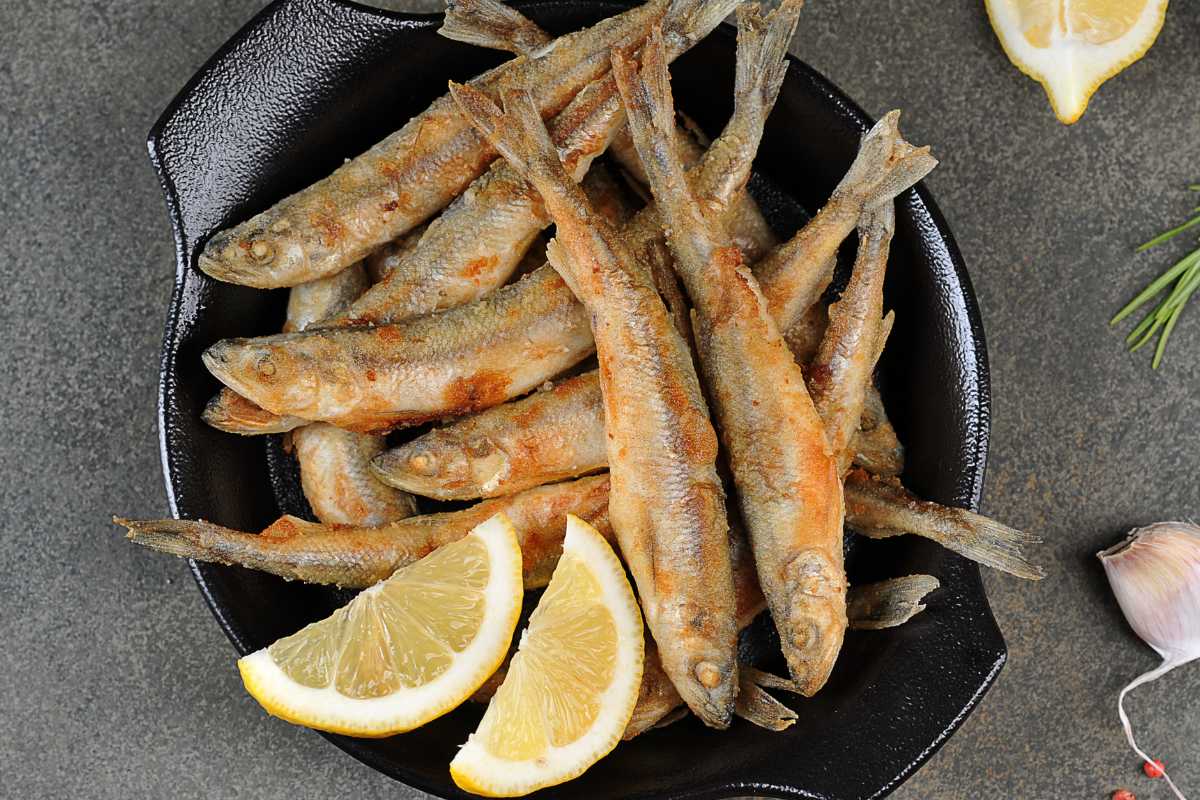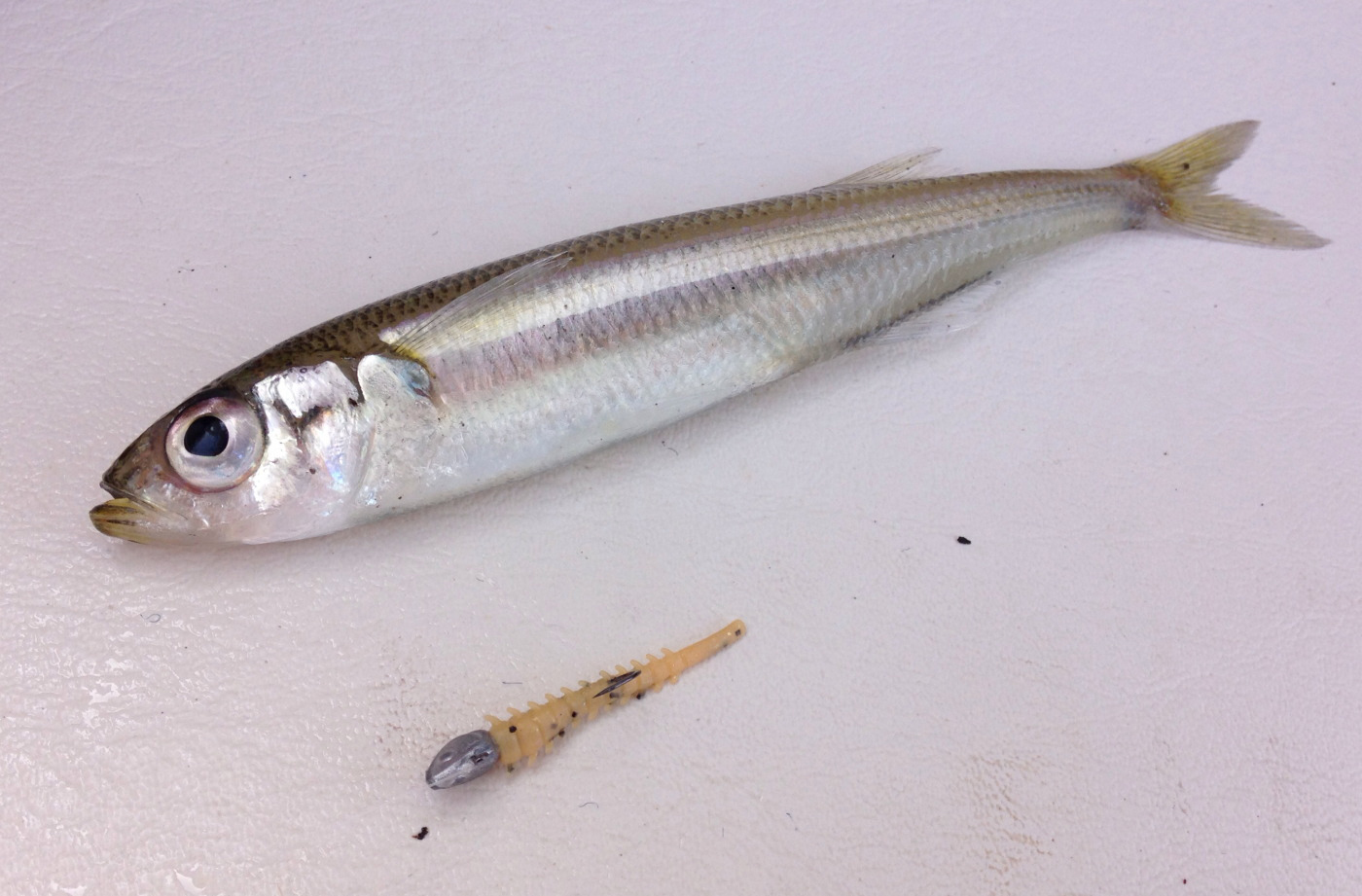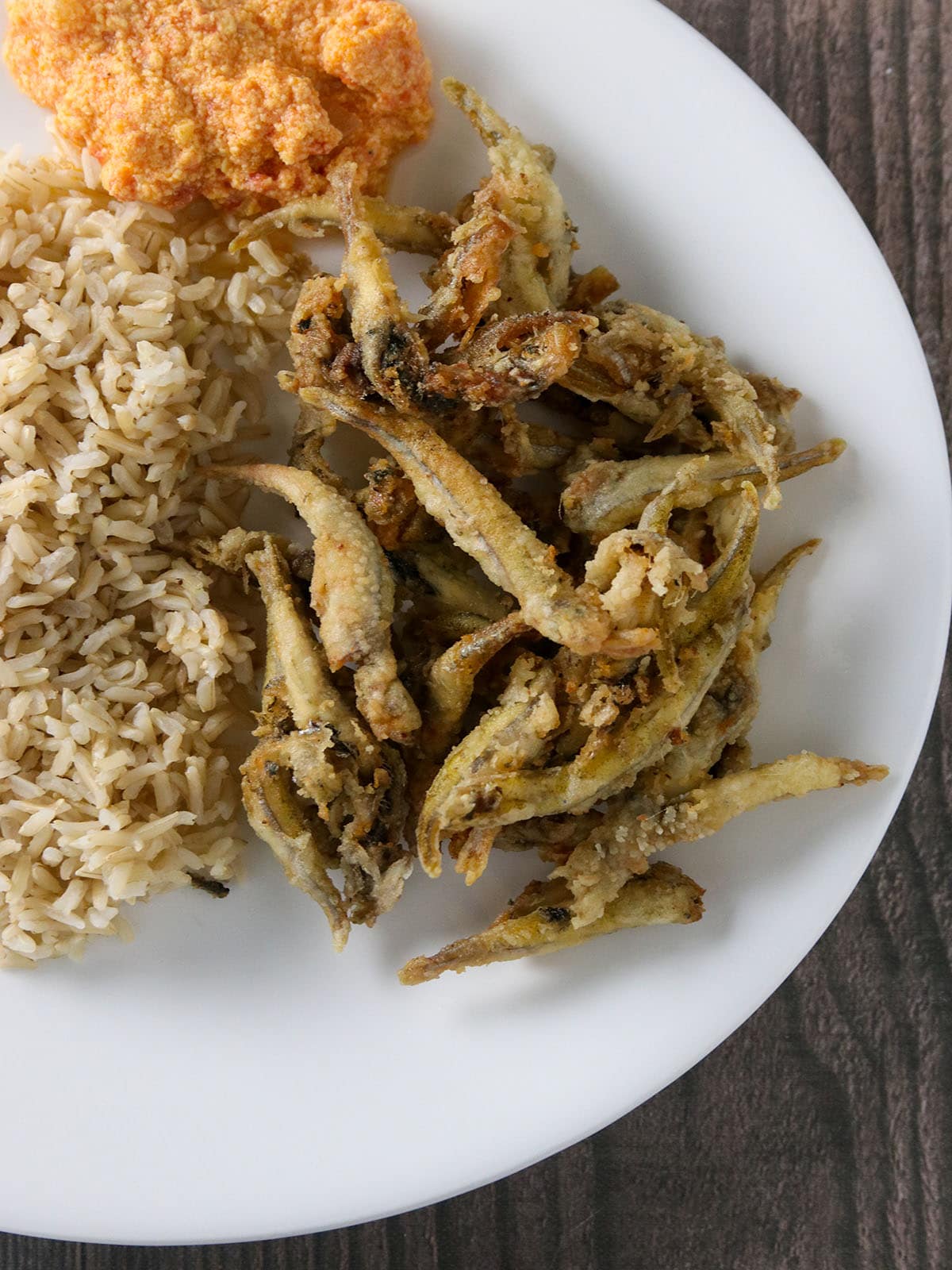When you think about small, silvery fish that are both a joy to catch and a treat to eat, there's a good chance smelt come to mind. These little aquatic creatures, you know, they're part of a larger family of fish called the Osmeridae, and they truly make their homes across vast stretches of water. You can find them in the cool, wide-open areas of the North Atlantic and North Pacific oceans, but they're just as happy making a life in the flowing rivers, the gentle streams, and the still lakes that dot the landscapes of Europe, North America, and parts of Northeast Asia. So, in a way, they're quite the travelers, adapting to all sorts of watery environments, which is pretty fascinating to consider.
These tiny fish, often overlooked, actually bring quite a lot to the table, both in terms of their place in the natural world and what they offer us. They are, for instance, a rather affordable and very good addition to what you might choose to eat, offering up a bunch of good stuff for your body. From helping your hair look its best to giving your skin a bit of a lift, and even helping your body's energy-making processes work better, smelt fish really do seem to pack a punch. It's really something, how much goodness can come from such a small package.
Beyond their nutritional value, smelt play a really important role in the bigger picture of aquatic life, serving as a food source for many other creatures. And for people, they're often seen as a delightful little seafood item, something special to enjoy. So, whether you're thinking about what they contribute to the ecosystem or how they might brighten up your dinner plate, these small, shiny fish definitely have a story to tell, and it's one that’s pretty much worth hearing about, if you ask me.
Table of Contents
- Smelt Fish - What Are They, Really?
- Why Should We Consider Smelt Fish for Our Meals?
- Where Do Smelt Fish Live?
- Are All Smelt Fish the Same?
- How Do We Enjoy Smelt Fish?
- What About Smelt Fish Fishing Traditions?
- Are There Any Concerns with Eating Smelt Fish?
- Preserving and Using Smelt Fish for Bait
Smelt Fish - What Are They, Really?
It's pretty common for people to call a whole bunch of different fish "smelt," and that can get a little confusing, you know? But when folks who study fish talk about them, they usually put most of these species into a scientific grouping called the Osmeridae family. Within this particular family, they've identified fourteen distinct species, which are then organized into six smaller groups. So, while you might hear "smelt" used pretty broadly, there's actually a good deal of variety within that name, which is something to keep in mind, really.
These small, shiny fish typically make their homes in a mix of places – you'll find them in rivers, lakes, and even the big, wide oceans. They are, quite simply, a very important part of the natural food chain. Other animals rely on them for sustenance, and, as we've talked about, people also enjoy them as a tasty seafood treat. They were originally from the Atlantic and Pacific oceans, but some of them, like the rainbow smelt, ended up in the Great Lakes by accident, which is a pretty interesting twist in their story, if you think about it.
The Smelt Fish Family Tree
Smelt, you see, are a specific type of silvery fish, mostly found in saltwater, though some do live in fresh. They belong to that Osmeridae family we mentioned, and they're actually quite closely related to some fish you might know better, like salmon and trout. You usually find them in the colder waters up north, which makes sense given their natural habitat. And, similar to trout, smelt have a small, fleshy fin on their back, behind the main one, which is called an adipose fin. It's a little feature, but it's one of those things that helps tell them apart, you know, when you're looking closely at different fish.
So, when you consider all these things, it's clear that smelt are more than just a single type of fish. They are a collection of related species, each with its own specific place in the watery world, and each contributing to the broader story of aquatic life. It's pretty cool, how much diversity there is, even within one family of fish, and how they all fit together in the bigger picture, really.
Why Should We Consider Smelt Fish for Our Meals?
As we briefly touched on, smelt fish can be a rather affordable and quite good addition to your diet. They offer a range of benefits that go beyond just filling you up. For instance, they're known to help keep your hair looking its best, give your skin a bit of a refreshed feel, and even help your body's energy production and overall metabolism work more effectively. It’s pretty neat, actually, how a small fish can contribute to so many aspects of your well-being, isn't it?
One of the key reasons for these perks is that smelt fish are quite rich in selenium. Selenium, you see, is a type of antioxidant, which basically means it helps protect your body's cells. When it comes to your skin, this can mean a clearer look and fewer of those tell-tale signs of getting older. And, generally speaking, having smelt fish regularly can provide you with a good supply of essential vitamins. So, basically, they're doing a lot of good inside your body, helping things tick along nicely, which is certainly a plus.
Smelt Fish and Your Well-Being
Beyond selenium, these little fish offer a variety of other good things for your body. They're a source of different vitamins that are important for keeping your body in good working order. Think about it – a simple, inexpensive food item that helps you feel better and look better, too. It’s a pretty good deal, honestly. They’re not just about taste; they’re about contributing to your overall health in a really accessible way. So, next time you're thinking about what to put on your plate, remember these tiny powerhouses, you know, for all the good they can do.
And, to be honest, it’s not just about the individual nutrients. The whole package of what smelt fish provide works together to support your body. It's like a small, natural boost for your system, helping you maintain a sense of vitality. So, if you're looking for a simple way to add some valuable elements to your food choices, smelt fish are definitely worth a look, in some respects. They offer a straightforward path to getting some good stuff into your diet, which is pretty much what we all want, right?
Where Do Smelt Fish Live?
Smelt fish are, as we've said, quite adaptable when it comes to where they make their homes. They can be found in saltwater, like the vast oceans, in brackish water, which is a mix of fresh and salt water, and also in completely fresh water, such as rivers and lakes. This wide range of habitats is spread across North America, Europe, and Northeast Asia. It's pretty remarkable, how they can thrive in such different aquatic settings, isn't it?
Known for their lovely taste and how many ways you can prepare them in the kitchen, smelt fish are, in essence, a group of small water creatures. People who catch them are often quite skilled, and they're then prepared in all sorts of tasty ways that really get your taste buds going. So, while they might be small, their presence is felt in many places, from the deep ocean to a quiet stream, and they certainly make a big impression on those who enjoy eating them, too it's almost a culinary delight.
Smelt Fish - Journey to New Homes
A notable example of their adaptability, or perhaps their accidental travels, involves the Great Lakes. Smelt, originally from the Atlantic and Pacific oceans, somehow found their way into these large freshwater bodies. This happened quite by chance, and once they were there, they established themselves. This kind of movement, whether natural or accidental, shows just how resilient these fish can be, settling into new environments and making them their own, which is actually pretty cool to observe.
Their presence in these varied locations means that different communities have different experiences with them. Some places have long traditions of catching them, while others might be more recent homes for these fish. It really highlights how these little fish are intertwined with both natural ecosystems and human activities, you know, making them a fascinating subject for anyone interested in fish and their surroundings. It’s pretty much a story of adaptation and spread, in a way.
Are All Smelt Fish the Same?
Well, as we touched on earlier, people often use the word "smelt" to describe a wide array of different fish. However, most species that people call "smelt" are indeed placed by researchers into that specific taxonomic family known as Osmeridae. Within this family, scientists have identified fourteen distinct species, which are further organized into six different taxonomic groupings. So, while they share a family name, there's quite a bit of variation among them, which is something to keep in mind, really.
These fish are generally small and have a rather shiny appearance. They live in a variety of water bodies, including rivers, lakes, and oceans. They play a very important part in the diets of other animals, serving as a food source for many creatures. And, as we know, humans also enjoy them as a particularly tasty seafood item. Their widespread presence and their role in the food chain make them a significant part of aquatic ecosystems, you know, in many places.
Smelt Fish and Their Distinctive Features
Smelt are generally considered certain silvery, mostly marine food fish, belonging to that Osmeridae family. They are quite closely related to fish like salmon and trout, and you'll typically find them in cold northern waters. Like trout, smelt also possess a small, fleshy fin on their back, located behind the dorsal fin, which is called an adipose fin. This little feature is one of the things that helps identify them and shows their connection to other fish in the salmon family, which is pretty neat, honestly.
When you're talking about smaller smelt, they naturally have bones that are softer. This characteristic can actually make eating the whole fish a more pleasant experience, as you don't have to worry as much about the texture of the bones. However, if you're feeling a bit unsure about biting into the whole fish, that's completely understandable. The good news is that with their soft bones, it’s often not an issue for many people, making them a pretty easy fish to prepare and enjoy, in some respects.
How Do We Enjoy Smelt Fish?
Smelt fish are known for being a very versatile and delicious kind of small fish. Their adaptability in terms of habitat also extends to their culinary uses. They can be prepared in so many different ways, which adds to their appeal. Whether fried, baked, or pickled, their flavor tends to shine through, making them a favorite for many who enjoy seafood. It’s pretty cool how such a small fish can offer so many possibilities in the kitchen, isn't it?
Their delightful taste and how many ways you can cook with them are key reasons why people seek them out. These diminutive aquatic creatures, as they're sometimes called, are often skillfully caught and then prepared in recipes that really make your taste buds happy. So, if you're looking for something that's both easy to cook and satisfying to eat, smelt fish are definitely a good choice, offering a simple yet flavorful meal option, which is pretty much what you want sometimes.
Eating Smelt Fish - Bones and All?
One of the unique aspects of eating smaller smelt is that their bones are naturally quite soft. This means that, for many people, it's quite enjoyable to simply eat the entire fish, bones and all. You don't usually have to pick out tiny bones, which can be a real time-saver and make the eating experience much simpler. However, if you're feeling a little hesitant about eating the bones, that's perfectly fine. Some folks prefer to just eat the flesh, and that's okay too. But it's good to know that the option is there, and it's quite common, you know, for those who enjoy them.
The versatility of smelt fish also means they fit into various meal settings, from a casual family dinner to something a bit more special. Their size makes them quick to cook, which is always a plus when you're looking for a convenient meal. So, whether you're a seasoned cook or just starting out, preparing smelt fish can be a pretty straightforward and rewarding experience, offering a lot of flavor without a lot of fuss, which is pretty much what we all like, right?
What About Smelt Fish Fishing Traditions?
In places like Lake Michigan, for example, the smelt run, which is when these fish move in large numbers to spawn, typically happens between late March and the end of April. This period is a big deal for many, as rainbow smelt are a popular sport fish and also a food source for other creatures. These runs have historically been a cause for celebration in many communities, even leading to events where people would crown "smelt queens," which is a pretty unique tradition, honestly.
As annual traditions go, the practice of "smelt dipping," where people use nets to catch the fish during their runs, has seen its ups and downs over the decades. It's a tradition that connects people to the rhythms of nature and the local environment. Anglers who fish for sturgeon, for instance, have reported good success along the Ashland shoreline, using smelt as bait on the bottom. They've reported catching a good number of quality fish this way, which shows how useful smelt are beyond just eating them. Just remember, when using smelt as bait, you typically need a specific type of hook, like a sturgeon hook, which is important to note.
Smelt Fish Runs - A Community Event
The fluctuating nature of smelt populations has been quite noticeable over the years. This is especially true since they are not originally from some of the areas they now inhabit, like the Great Lakes, having come from the Atlantic. There was an interesting article I read a while ago that talked about these changes. It’s pretty clear that their numbers can go up and down quite a bit, which impacts both fishing and the ecosystem, you know, in a big way.
Some people have noticed changes in when they catch smelt. For instance, someone mentioned not catching any until January last year, when it used to be a tradition to catch them around Halloween. And for some, having smelt for Christmas is a long-standing tradition. It just seems like there's been a shift in their timing, which can be a bit puzzling for those who follow these seasonal patterns. It’s a sign of how nature can change, even traditions, which is pretty much something we have to adapt to.
Are There Any Concerns with Eating Smelt Fish?
It's important to stay informed about what's happening with fish populations, especially regarding safety. For example, recent testing has shown higher levels of a substance called perfluorooctane sulfonate, or PFOS, in the tissue of rainbow smelt caught from Green Bay. As a result of these findings, the Wisconsin Department of Natural Resources has issued advisories. This means they are suggesting people be careful about how much smelt they eat from certain areas, which is


